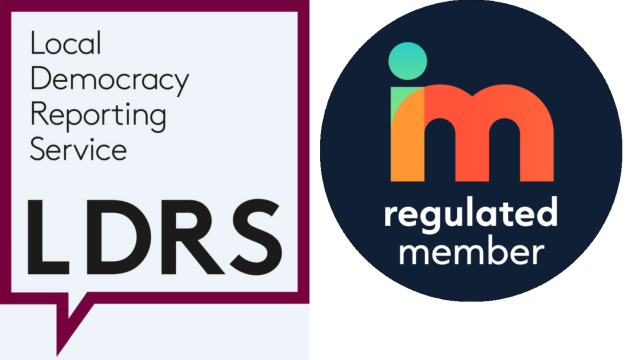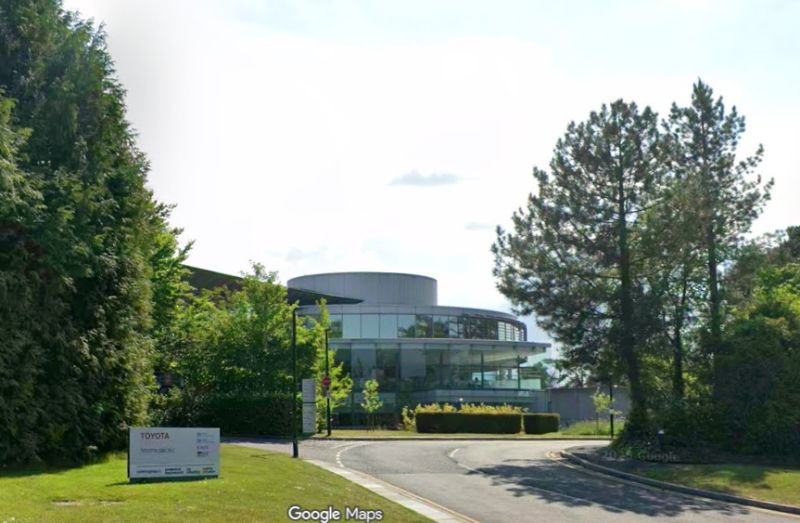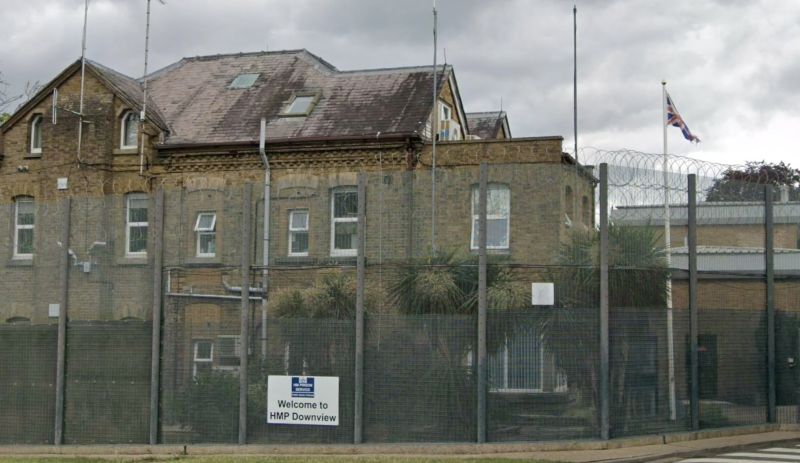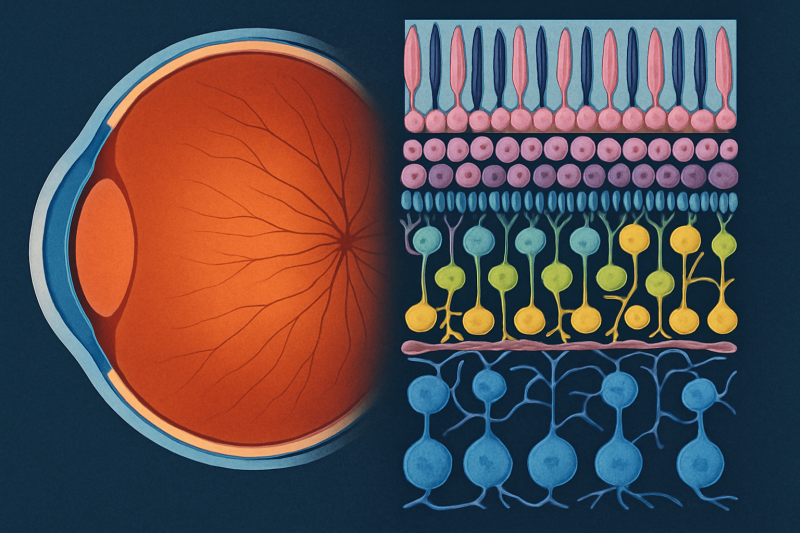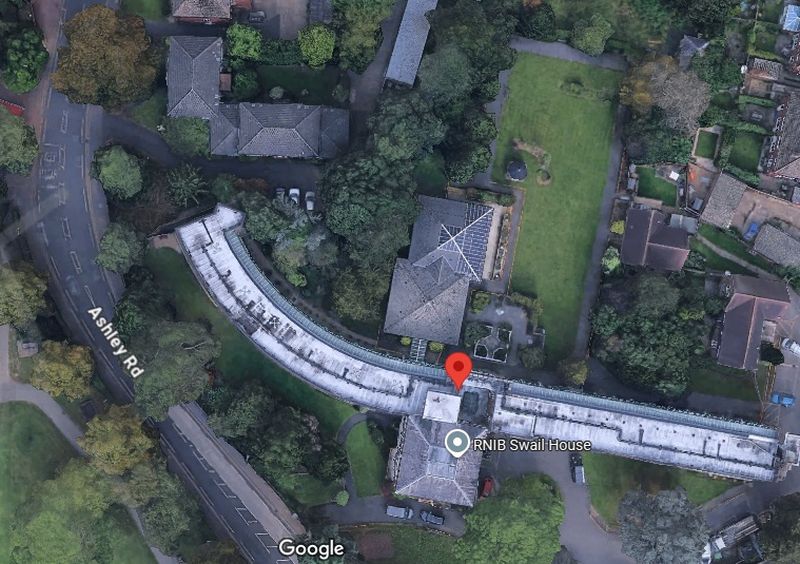RNIB blind to the interests of its Epsom residents?
The future of Swail House in Epsom, a landmark housing estate for visually impaired people, has become the subject of debate as residents and the Royal National Institute of Blind People (RNIB) present differing perspectives on redevelopment plans.
Swail House, opened in 1952 and named after Martha Swail, was one of the first estates in the UK designed specifically for blind people. With flats laid out to aid navigation, landscaped grounds, and facilities for social activities, it was hailed as a flagship initiative. Over time it has included social rooms, a restaurant, and a Chelsea Flower Show award-winning garden.
Residents’ Concerns
Some residents and supporters have voiced fears that redevelopment will diminish the estate’s original character and reduce the number of flats for visually impaired tenants. They argue that facilities such as communal spaces, gardens, and the on-site Epsom & Ewell Talking Newspaper (EETN) studio, which has operated from Swail House for over 40 years, are at risk.
Complaints have also been made about the consultation process, with claims that residents’ questions have gone unanswered and that accessible formats, such as tactile scale models of proposed buildings, have not been provided.
Russell Bailey, Chair of the Swail House Association for the Visually Impaired, told the Epsom and Ewell Times:
“We are very keen for the development to go through. We are not so keen about the way it’s being done – i.e. selling off land to pay for the new development – and we are certainly not keen with the fact that there’s going to be fewer flats for visually impaired people. If the RNIB were more financially secure, they could have lent money against the value of the property, kept the land, and built more flats.
I don’t think residents feel they have had the opportunity to input into how it’s going to develop. One real concern is that there will be no communal lounge and no facilities for recording the Epsom newspaper which has been going for many years.”
RNIB’s Position
The RNIB, however, says it has engaged with tenants and will continue to do so. Kathryn Sherratt, RNIB’s Chief Financial Officer, said:
“In March 2025, RNIB submitted an outline planning application to redevelop land at the back of Swail House to build 48 units, and we’re currently waiting for a decision on the planning proposal.
RNIB has consulted with tenants on the planning proposal and will continue to share information and consult as the proposals develop, subject to the outcome of the planning decision.”
Wider Concerns
Supporters of the estate point out that Swail House is more than just a residential complex. Its natural grounds provide quiet areas for guide dogs and for residents to experience sounds of nature in place of visual cues. Campaigners say this unique environment is at risk if large sections of the site are sold.
Local residents outside Swail House have also raised objections to the design and scale of the proposed development, citing environmental and aesthetic impacts.
Next Steps
The future of Swail House now rests with Epsom and Ewell Borough Council’s planning process. Whatever the outcome, the debate highlights tensions between the need to modernise housing stock and preserve the historic vision and facilities that made Swail House a pioneering model for visually impaired people more than 70 years ago.
Image: Swail House aerial – Google Maps.

